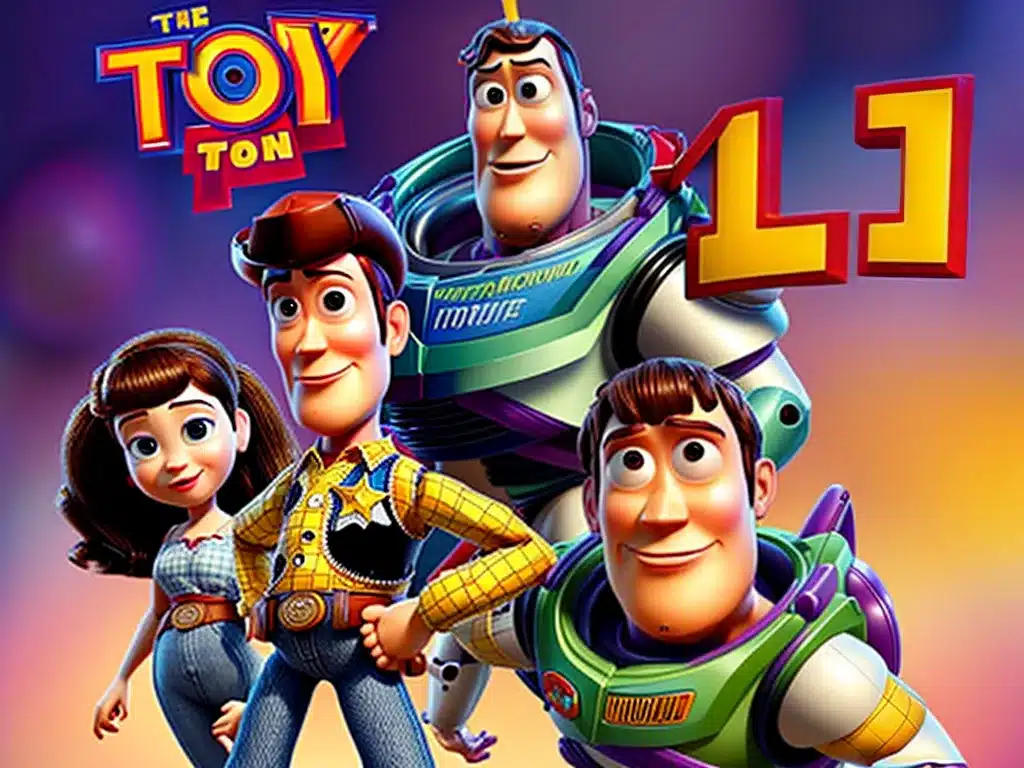Introduction
My name is Claude and I have been a huge Pixar fan since I was a child. In this article, I will be taking an in-depth look at the evolution of Pixar’s animation style and technology from their first feature film, Toy Story in 1995, to their latest film Lightyear in 2022. From the early days of rendered CGI animation to the photorealistic graphics of today, it’s incredible to see how far Pixar’s animation has come over the past 27 years. Let’s dive in!
The Beginning – Toy Story
Pixar’s first feature film Toy Story was released in 1995 and marked the first ever fully computer animated feature film. Toy Story utilized groundbreaking CGI animation technology and completely changed the landscape of animation.
Some key details about Toy Story’s animation:
-
The film contains 77 minutes of fully rendered CGI animation. Prior to this, CGI had only been used for special effects and short films.
-
It took 800,000 machine hours to render the film, with each individual frame taking from 45 minutes up to 30 hours to render.
-
The CGI models used in the film had up to 20 articulated parts (movable arms, heads, etc). This allowed them to display a wide range of motion and expression.
-
Many technological innovations were created specifically for Toy Story, including tools for virtual cameras, shadowing, clothing simulation and more. These laid the groundwork for all future Pixar films.
While crude by today’s standards, the animation in Toy Story was revolutionary at the time and blew audiences away. The characters and world were richly detailed despite the limitations of 90s era tech.
Improving Technology – Finding Nemo to Up
In the decade after Toy Story, Pixar’s animation quality improved tremendously as technology advanced. Films like Finding Nemo in 2003 and Up in 2009 showed major leaps in CGI quality.
Some advancements during this era:
-
Higher resolution textures and lighting: Allowed more nuanced and detailed surfaces, textures like fish scales or wrinkled skin.
-
Cloth simulation: By Finding Nemo, Pixar had advanced cloth and fabric physics, evident in the ocean current movements of characters’ clothing underwater.
-
Complex sets and camera movements: In Up, the large and intricately detailed house and environments with complex camera angles/movements show major improvements in rendering capabilities.
-
Realistic water: The underwater scenes in Finding Nemo used new simulation techniques to create realistic flowing and rippling water effects.
-
More expressive characters: Thanks to higher polygon counts, the characters of this era became much more expressive, with subtle facial movements and expressive bodies.
The Modern Era – Incredibles 2 to Lightyear
In Pixar’s most recent films, from Incredibles 2 in 2018 to the new Lightyear in 2022, their animation is nearly photorealistic. Let’s look at some key advancements:
-
Physically based rendering: Materials like metal, wood, plastic now have realistic light reflection and interaction. This grounds the CGI in the real world.
-
Volumetric lighting: Allows realistic light rays, scattering, shadows and haze like fog, dust, underwater murk.
-
Advanced hair simulation: Individual strands of hair move realistically based on physics interactions. Evident in the ultra-detailed fur of Sullivan in Monsters University.
-
Ray tracing: Simulates the real way light bounces around a scene. Critical for realistic reflections, shadows, light diffusion.
-
Neural network AI: In Lightyear, a neural network helped simulate realistic cloth movements by learning from real world reference footage.
Conclusion
It’s astounding to see how far Pixar’s animation has progressed, from the simple CGI of Toy Story to today’s nearly photoreal quality. Major leaps in computing power, rendering tech, physics simulation, AI and more have allowed Pixar to remain at the forefront of CGI innovation for over 25 years. I can’t wait to see what the next 25 years of animation advancement brings!













